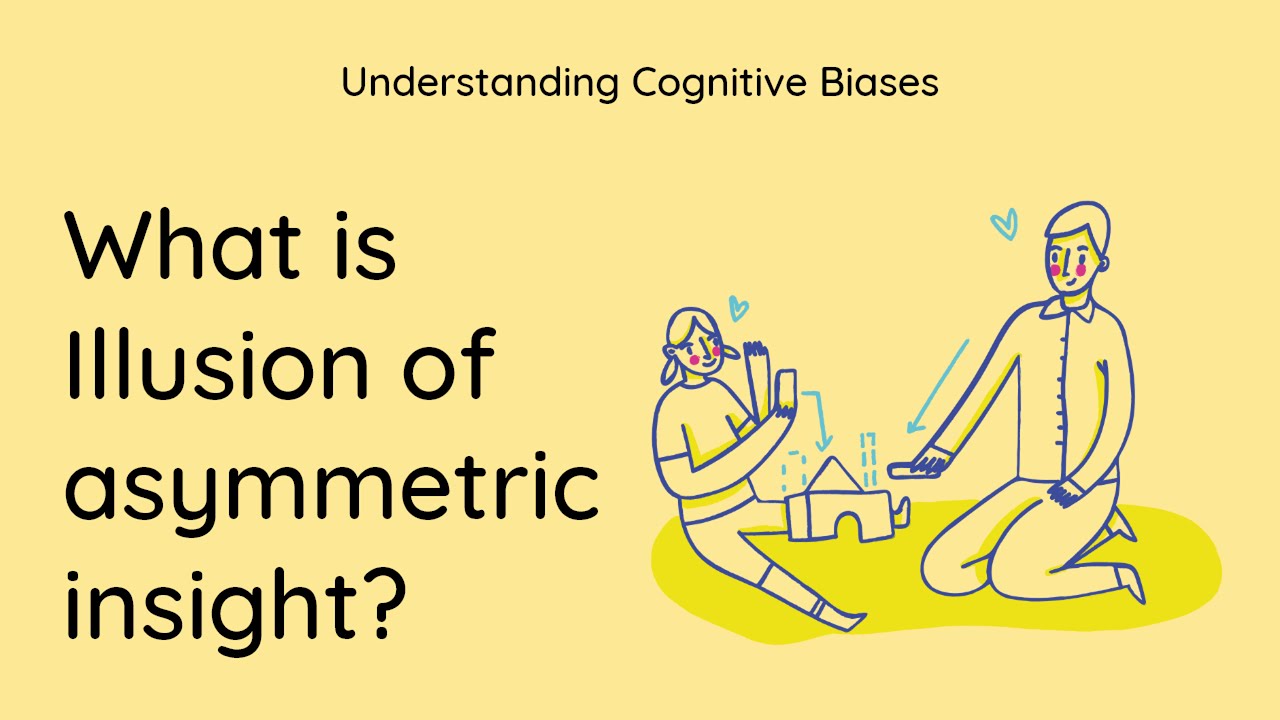The illusion of asymmetric insight is a cognitive bias that occurs when individuals believe they can understand others better than others can understand them. People often think that they have unique insights into the thoughts and feelings of others, while believing that others lack the same level of insight into their own minds.
Explanations:
The illusion of asymmetric insight is rooted in egocentrism, where individuals naturally focus on their own perspectives and experiences. People believe they are more transparent or easier to understand than they actually are.
Examples:
Interpersonal Relationships: A person may think they understand their partner’s feelings better than their partner understands their own emotions.
Workplace Dynamics: An employee might believe they have a deep understanding of their manager’s motivations while assuming that their manager doesn’t understand their own intentions.
Group Dynamics: A team member may think they can predict the reactions and thoughts of their colleagues but feel that their colleagues cannot do the same for them.
Solutions:
Empathy: Develop empathy and actively listen to others to understand their perspectives and emotions.
Self-Reflection: Engage in self-reflection to recognize your own biases and limitations in understanding others.
Communication: Promote open and honest communication in relationships to bridge gaps in understanding.
Collaboration: Encourage collaborative efforts to improve mutual understanding within groups or teams.
Addressing the illusion of asymmetric insight involves recognizing the natural tendency to believe that one understands others better than others understand them and actively working to develop empathy, engage in self-reflection, and promote open and honest communication to enhance mutual understanding.
